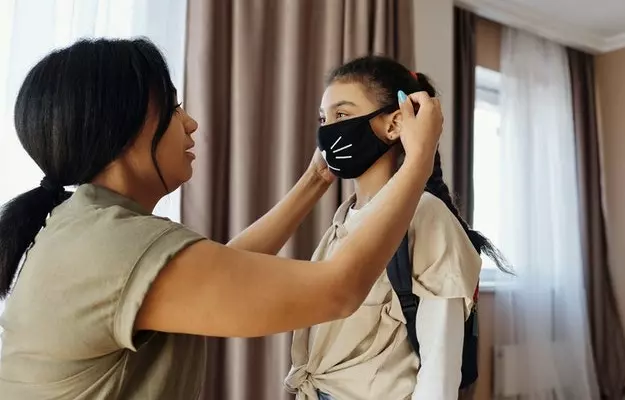We know that COVID-19, the new coronavirus infection, affects the elderly and chronically ill more severely than anyone else. Yet, a new hyper-inflammatory syndrome—known as multi-system inflammatory syndrome in children (MIS-C) or paediatric multisystem inflammatory syndrome (PMIS)—is quickly becoming a cause for concern in children during the COVID-19 pandemic.
Calling on the global scientific community to collect information on this Kawasaki disease-like inflammatory syndrome, the World Health Organization (WHO) on 15 May 2020 said that while most children are likely to have a mild case of COVID-19 if they contract the infection, more and more cases of children being admitted to hospital with “acute illness accompanied by a hyperinflammatory syndrome, leading to multiorgan failure and shock” are also coming to light.
Indeed, 18 out of 100 children admitted with COVID-19 in a Mumbai hospital in July 2020 had the following symptoms of PMIS:
- Fever for more than one day
- Vomiting
- Diarrhoea
- Stomach pain
- Red eyes
- Skin rashes
MIS-C has been linked to poorer outcomes in children who have (or have had) COVID-19 infection. The syndrome can affect the blood vessels and multiple body systems like the cardiovascular system, digestive system, respiratory system, mucocutaneous membranes (skin and mucous membranes) and haematological (blood) system.
For now, doctors are treating children admitted with this syndrome with intravenous immune globulin, glucocorticoids, interleukin-6 (IL-6) inhibitors like tocilizumab and siltuximab or 1RA inhibitors like anakinra. Many children with this syndrome need critical care in the intensive care unit, and a fraction may also need oxygen support through a ventilator or ECMO (extracorporeal membrane oxygenation).
MIS-C is a serious complication of COVID-19 infection in children—it can be fatal if left untreated. Here’s what you need to know about MIS-C:


















































